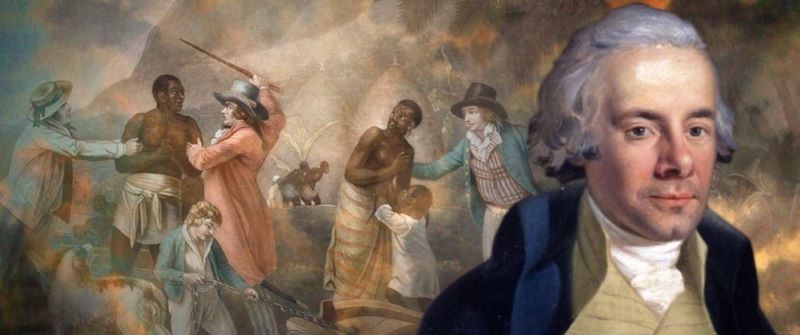
William Wilberforce battled for 20 years to abolish the slave trade
Some of you may remember Bishop Michael Nazir-Ali. Ten years ago he spoke to FamilyVoice supporters across the nation on the theme Courage in a hostile world.
Bishop Michael Nazir-Ali was born in Pakistan to Muslim parents who had become Christians – an act that today would receive the death penalty.
Michael himself came to Christ as a teenager. As an Anglican priest and later bishop, he worked among the poor in southern Lahore. However, increasing assaults and death threats against his children forced him to flee to the UK with his family in 1986.
Earlier this month he wrote an article about the history of slavery and the current campaign to destroy statues of past heroes who also owned slaves.
“Slavery is a stain on humanity,” he said (in part). “It existed in the Arab world before the rise of Islam and continued to be practised right up to modern times. The Arabs were pioneers in the slave trade with Africa, and European slavers learnt much about their business from them.”
But when it comes to tearing down statues, he said: “Where do we start and stop?”
He pointed out that Plato and Aristotle were slave owners. Abraham and Sarah had slaves, as did King David. Jesus himself healed the slave of a Roman officer. He said of the latter that he had not found such faith even in Israel.
Nazir-Ali said we erect statues of people because they have been part of or leaders in some historic event we wish to remember, such as war memorials. No one would claim that such people were exemplary in every aspect of life.
Unlike Islam, the Bible does not portray its heroes as flawless – except for Jesus.
Abraham hid the fact that Sarah was his wife. David committed adultery and murder. Moses doubted God. The apostle Paul even sent Onesimus, a runaway slave, back to his Christian master –with a plea for Onesimus to be treated as a beloved brother. Paul says male and female, slave and free, all are “one in Christ Jesus”. But we all have sinned. We all need to repent and turn to Him.
The early Christian church was a powerless and persecuted group that was in no position to oppose the institution of slavery. It did try, however, to improve slaves’ conditions and often bought slaves to set them free. Nazir-Ali said, “It is notable that wherever Christianity advanced, slavery retreated.”
As the Middle Ages progressed in Europe, both church and state began to take action against slavery. The French king Charlemagne was against it. In 1102, the Council of Westminster penalised slave trading with excommunication.
But slavery flourished again when Europeans wanted free labour to work on their sugar and cotton plantations in the Americas. William Wilberforce, an evangelical Christian, was among those who opposed this horrendous trade in human lives.
William Wilberforce battled for 20 years to abolish the slave trade
After a 20-year battle, his bill to abolish the buying and selling of slaves passed the British parliament in 1807. Days before he died in 1833, the parliament also banned owning slaves. Over 800,000 were freed.
So what should we say to those who want to trash statues of heroes who have flaws in their past?
Bishop Nazir-Ali reminds us that commemorating past historical leaders “does not necessarily mean celebration of every aspect of a person or a group … history is about what actually happened, not what we wish had happened.”
Peter Downie - National Director

